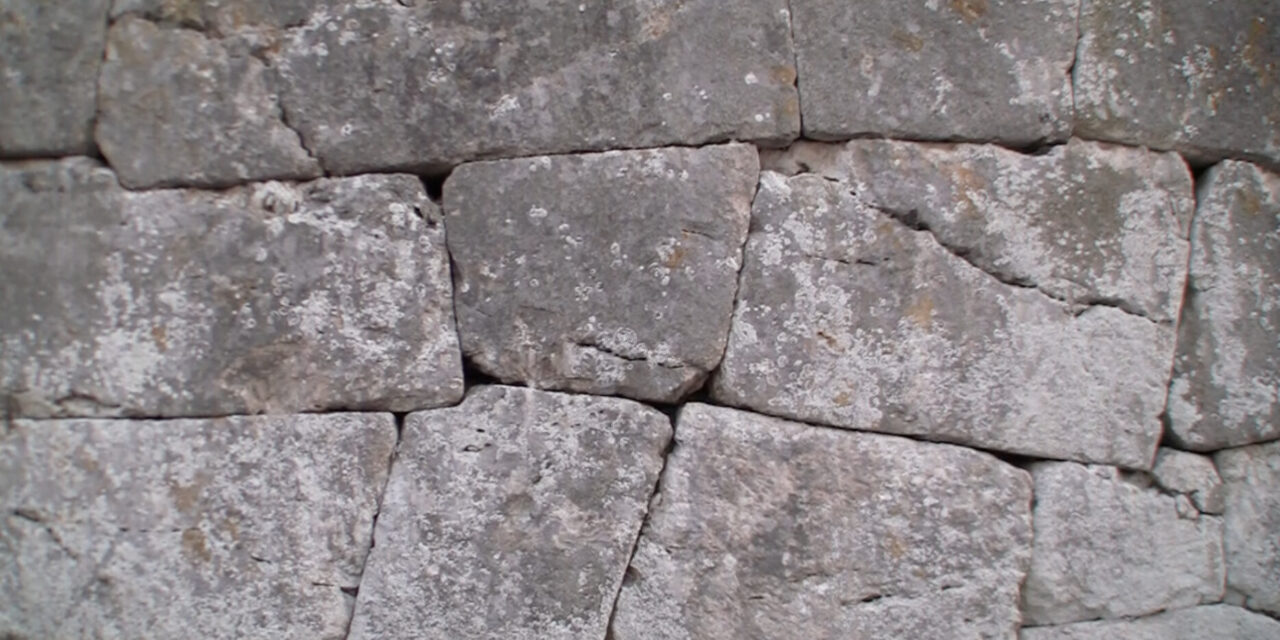In central Italy, the architecturally significant Acropolis of Alatri can be found. The Greek geographer Strabo is said to have believed the town of Alatri was founded in 1830 BC as an Alatrium. It originally was under the rule of the confederation of Hernici, however, Alatri fell to the Romans in 306 BC. The Acropolis of Alatri is located at the top of the hill in the very center of the city. To this day the mystery of the Acropolis of Alatri still baffles archaeologists.
Cyclopean Walls
The Acropolis of Alatri is most known for its megalithic walls. The Megalithic method refers to the mortarless use of large stones to build architecture by precisely matching the stones with their adjacent neighbors to create a geometrically pleasing and sturdy piece. Megalithic walls can also be referred to as Cyclopean walls. Alatri is known for the well-preserved Megalithic walls that surround the trapezoid-shaped Pelasgian Acropolis. The outer circle of walls measures approximately 2.5 miles long, and includes towers and three large gates. The result is an almost perfect grafting of stone that has lasted the test of time.
Saturnian Cities
Archaeologists still debate how the people of Alatri were able to create such perfectly shaped stones. In ancient times, Alatri was one of the five “Saturnian” cities, and believed to be constructed by the god Saturn and his demi-god sons. Archaeologists have found mathematical correspondences in 2 of the gates, and believe the perimeter of the wall matches the Gemini star constellation seen in the summer solstice. The construction of the Acropolis of Alatri is to this day a mystery.
The Acropolis of Alatri is an ancient archaeological site located in the city of Alatri in central Italy. It consists of a large fortified structure that was built during the 6th century BCE by the ancient Italic people known as the Hernici. The site is situated on a hill overlooking the modern city of Alatri and the surrounding valley.
Unique Construction
The Acropolis of Alatri is notable for its unique construction. It features a series of massive polygonal walls made from irregularly shaped blocks of limestone. These walls are some of the most impressive examples of polygonal masonry in the ancient world. They are renowned for their precision and durability.
The site also includes a number of other architectural features, including a large terrace. This was used for public gatherings and ceremonies. There also several underground chambers that were likely used for storage and other purposes.
Today, the Acropolis of Alatri is a popular tourist attraction and a significant cultural landmark in central Italy. The site has been extensively excavated and restored. Visitors can explore the remains of the ancient fortress and learn about the history and culture of the Hernici people who built it.







